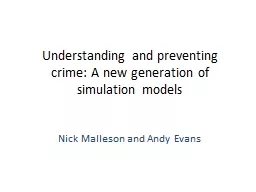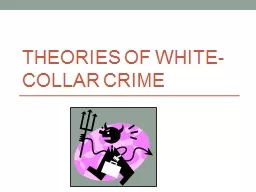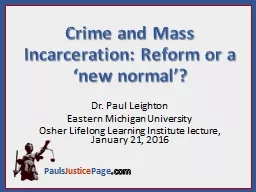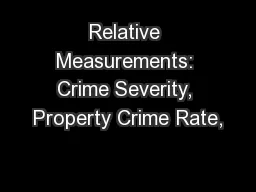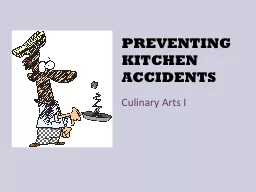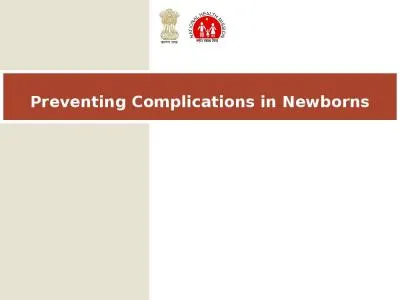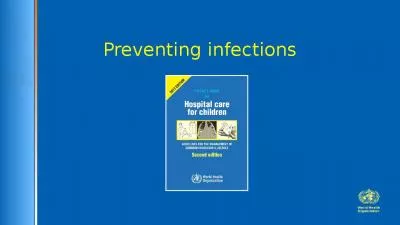PPT-Understanding and preventing crime: A new generation of
Author : marina-yarberry | Published Date : 2015-11-01
simulation models Nick Malleson and Andy Evans Project Background Started as a PhDMSc Project Build and agentbased model which we can use to predict rates of residential
Presentation Embed Code
Download Presentation
Download Presentation The PPT/PDF document "Understanding and preventing crime: A ne..." is the property of its rightful owner. Permission is granted to download and print the materials on this website for personal, non-commercial use only, and to display it on your personal computer provided you do not modify the materials and that you retain all copyright notices contained in the materials. By downloading content from our website, you accept the terms of this agreement.
Understanding and preventing crime: A new generation of: Transcript
Download Rules Of Document
"Understanding and preventing crime: A new generation of"The content belongs to its owner. You may download and print it for personal use, without modification, and keep all copyright notices. By downloading, you agree to these terms.
Related Documents

